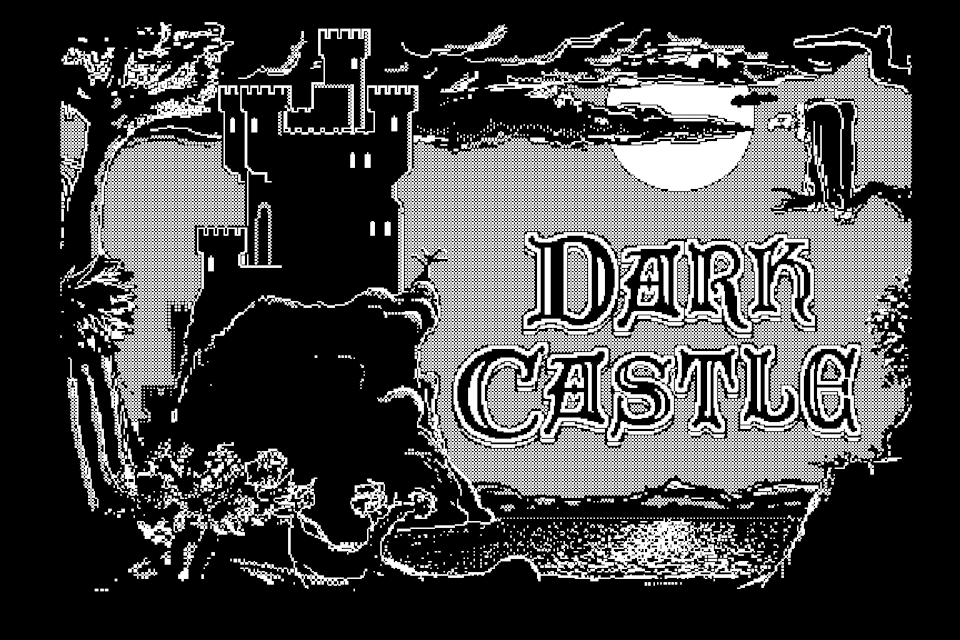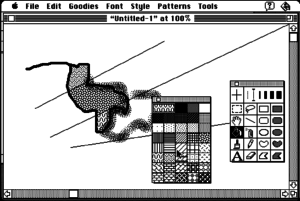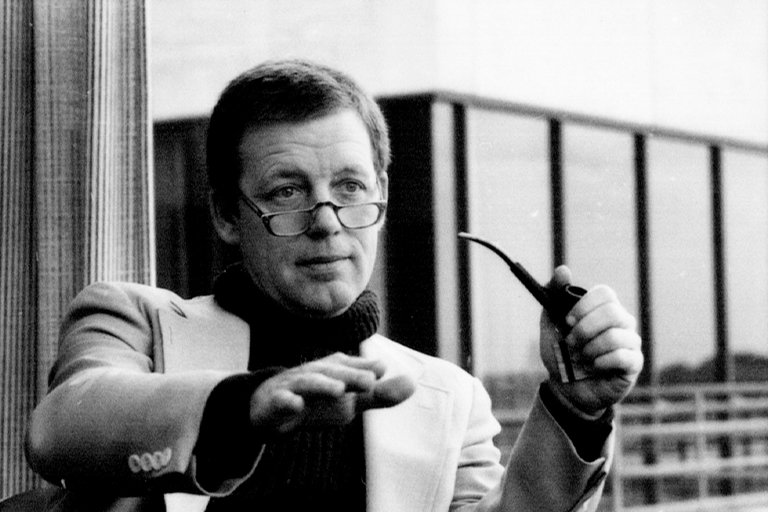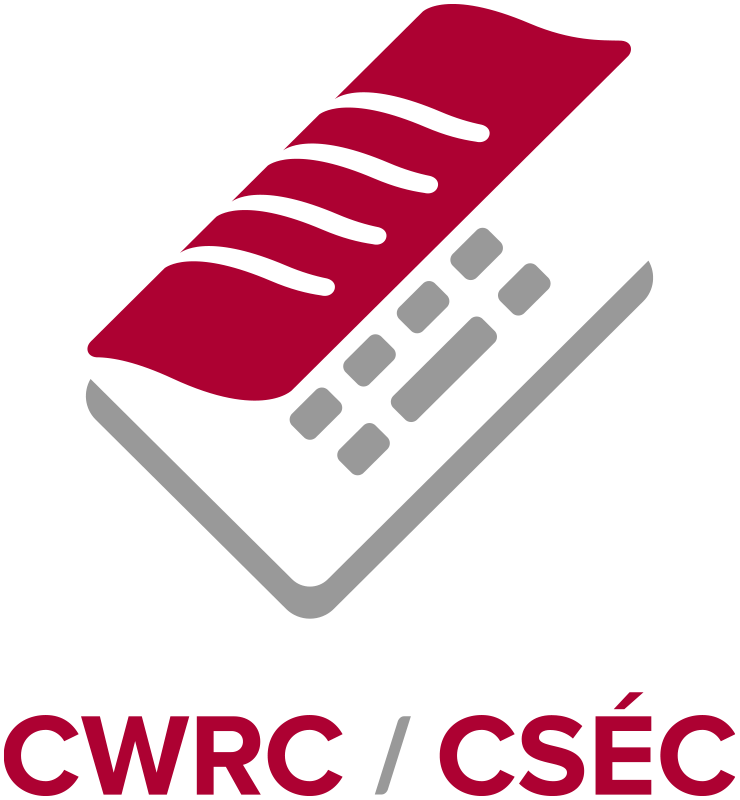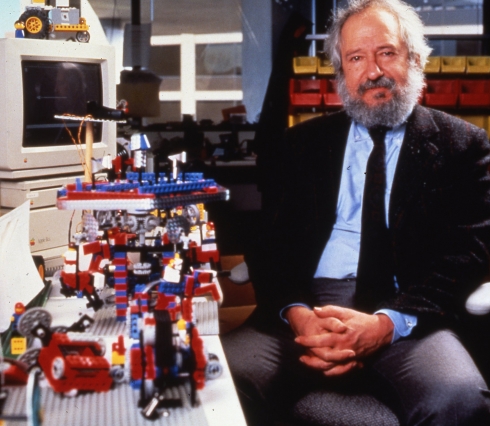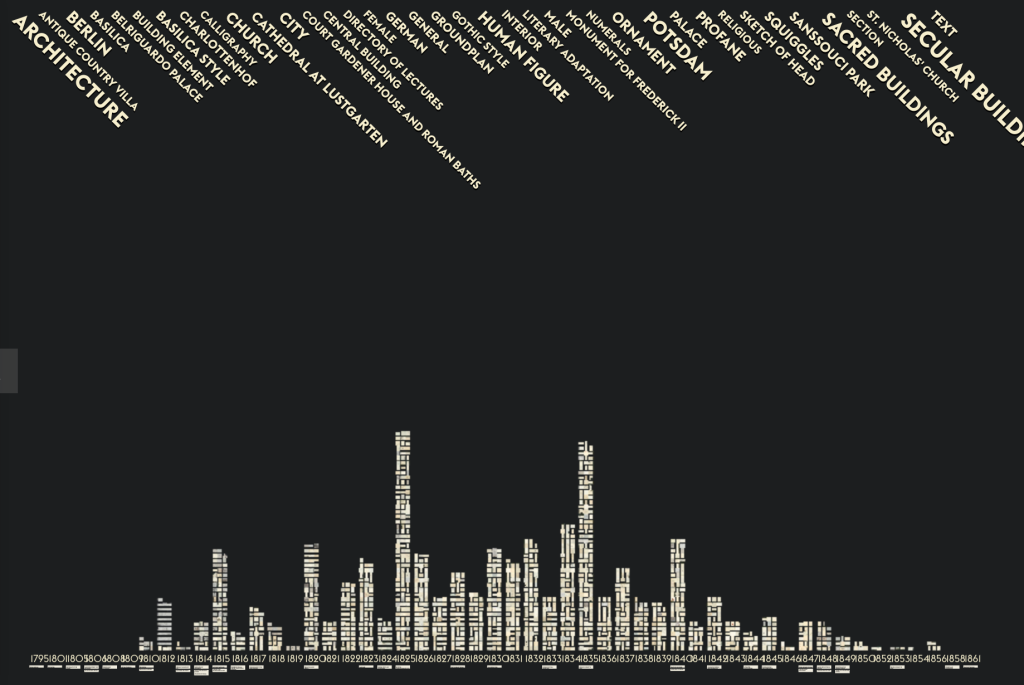Scooters have come to Edmonton. Both Bird and Lime dumped hundreds of scooters in my neighbourhood just before the Fringe festival. Users are supposed to use bike lanes and shared-use paths, but of course they tend to use sidewalks. Fortunately most people using them seem to tying them for a lark rather than seriously trying to get somewhere.
I can’t help thinking this business is a bit like the Segway (a company apparently making money now selling the scooters) – a great concept that appeals to venture capital, but not something that will work economically. For example, what will happen in the winter? Will the companies leave them around in the snow or pack them up for the season?
The economic model of these companies is also interesting. They seem to have minimal staff in each city. They pay chargers a to find the scooters and charge them each night. More gig-economy work that may not provide a living! See Bird Scooter Charging Is ‘One Level Up From Collecting Cans’–But These Entrepreneurs Are Making a Lucrative Business of It.
At the end of the day, does anyone make enough to make this viable? One wonders if the scooter companies are selling the data they gather?





